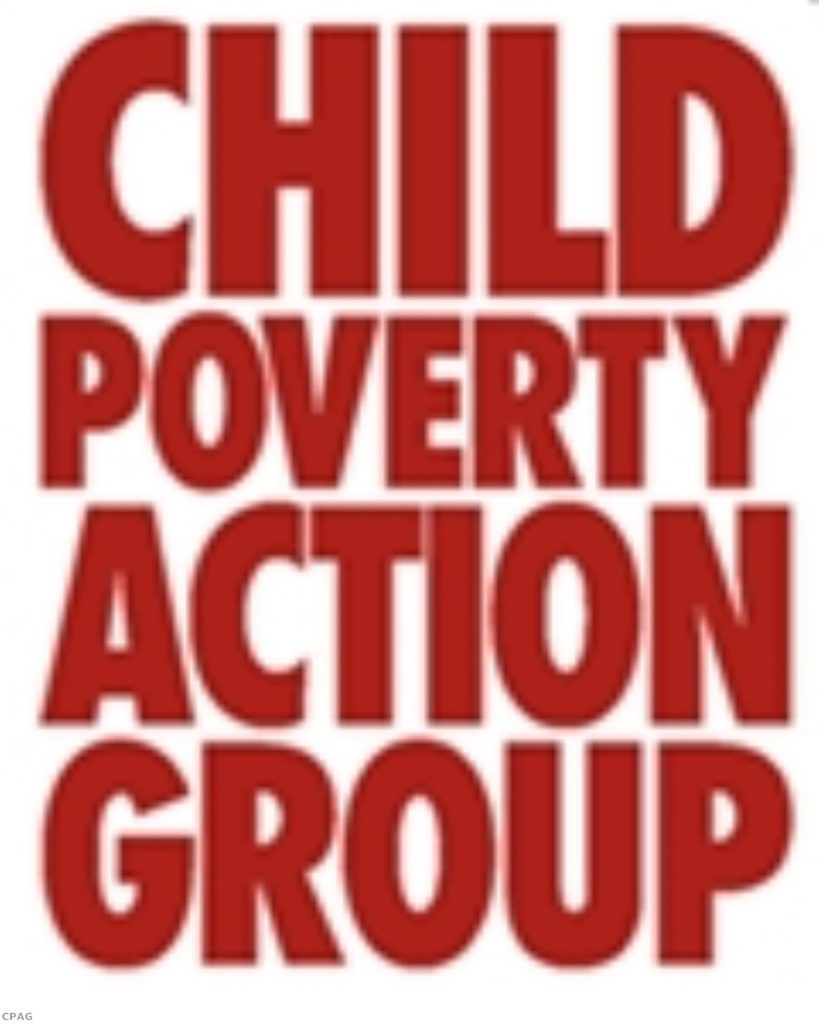CPAG: Child Poverty Act is under attack from all sides
by Alison Garnham, chief executive, Child Poverty Action Group
The Child Poverty Act, and the targets to end child poverty by 2020 it enshrines, seem to be under attack from all sides.
The latest sally comes in an article by IPPR Director Nick Pearce, headlined ‘Labour must drop its child poverty target and find another way’. CPAG’s attempts to defend the targets are increasingly greeted with a more or less politely worded ‘well you would say that wouldn’t you’, swiftly followed by some advice about waking up and smelling the economic coffee. Well, yes, we would say that wouldn’t we, and we do. But our defence of the Child Poverty Act doesn’t stem from a failure to realise that the world has changed since 2008 (or in some versions of this attack since 1970). It’s based on a conviction that a legal requirement to end child poverty is not only a moral necessity, and a vital political tool, but that significant progress is feasible in policy terms, even within a context of continued austerity.
Widespread evidence tells us that growing up in poverty both damages children’s experience of childhood and restricts their future opportunities. To tolerate a situation in which nearly a fifth of children grow up poor in a country which remains rich despite the economic situation, seems unacceptable. We had assumed that this by now was a pretty universal view – at least among those in power. When the Child Poverty Act passed in 2010 we heard it ringingly endorsed across the political spectrum; to believe that this was simply political posturing would take a greater degree of cynicism than we feel capable of espousing if we want to keep getting up in the morning.
The Child Poverty Act is a useful, but not sufficient, mechanism for putting that conviction into practice. The experience of the last decade, during which Government aimed to halve child poverty by 2010, perhaps suggests that having targets in place is worthwhile. Child poverty was not halved (as was the aim espoused by the then Government), but it saw a sustained decrease. This was in contrast to both most other European countries and the two previous decades in the UK. Targets focus Government attention, and the legislation ensures that they don’t fall victim to the political weather.
It’s at this point that some people start looking sceptical; is it actually possible to meet the headline target by 2020? If we decide it’s impossible now, it certainly won’t be achieved.
The experience of the last decade saw some progress towards the focus on parental employment that Nick Pearce calls for. Around a quarter of the decreases in child poverty achieved in the last decade were made by increases in lone parent employment – which went up by a fairly remarkable 14.9 percentage points. As Nick Pearce sets out, achieving gains of this magnitude across all family types might bring us close to the target; at present, the poverty rates amongst families in which all parents are working, or in which couples are working 1.5 jobs between them, is around 6 per cent. Achieving these levels of parental employment by 2020 would see the target met without any additional expenditure on transfers.
But achieving this isn’t going to be cost free. We need greater investment in childcare and to better target our employment interventions, which currently looking like pretty poor value for public money in the Work Programme . And we need to make sure that Britain’s low wage culture doesn’t see even those in employment falling behind. We’d need to do these things even if we didn’t want to end child poverty: increasing female employment is the most effective way to address the problems caused by an ageing population and to bolster family incomes amongst low to middle earners.
There are constraints, of course, on the extent to which parental employment can solve the problem of child poverty. Firstly, we need to think about whether a society in which two parents always work full time is either desirable or feasible for all families. Secondly, it’s unlikely that by 2020 we will have solved the problems in the early childhood education and care systems that have left too many children and their parents in a situation in which employment is not a short term option for them. This too, however, is a problem we would want to tackle even if we didn’t want to tackle child poverty.
Although we don’t expect the majority of a child poverty strategy to be focused on increasing direct financial support for families, this doesn’t mean that this should play no role at all; money matters to families, when families receive additional income, they spend it on children’s needs. Paying for additional childcare spending by freezing Child Benefit, or concentrating on early years at the expense of family income therefore seems to us a case of one step forward one step back; we need to make the case for more spending on children, not simply shift the expenditure from one budget line to another. And, as the final report of the Commission on Living Standards has shown, there are some sensible places to look at for raising this money outside of the children’s budgets. The evidence demonstrates total Government expenditure on children is strongly associated with falls in the child poverty rate.
To conclude that we should abandon the targets, which all parties agree to, on the basis of economic predictions seems a step too far. We don’t know whether the child poverty target will be met by 2020, but attempts to achieve it would undoubtedly lead to improvements in many children’s lives. Abandoning it for the sake of making ‘grown up’ economic decisions would be the wrong choice.
- http://www.savethechildren.org.uk/sites/default/files/documents/child_poverty_2012.pdf
- http://www.cpag.org.uk/content/ending-child-poverty-2020-progress-made-lessons-learned
- http://www.publications.parliament.uk/pa/cm200809/cmhansrd/cm090720/debtext/90720-0007.htm Column 603 onwards
- http://epp.eurostat.ec.europa.eu/tgm/table.do?tab=table&init=1&language=en&pcode=tsdsc230&plugin=1
- http://cpag.org.uk/bookshop/policyresearch/ending-child-poverty-2020
- http://www.smf.co.uk/marketsquare/posts-by-ian-mulheirn/reading-the-latest-work-programme-numbers/
- http://www.tuc.org.uk/social/tuc-20994-f0.pdf
-
http://www.ifs.org.uk/publications/5946
- http://livingstandards.org/final-report/gaining-from-growth-a4.pdf





-01.png)